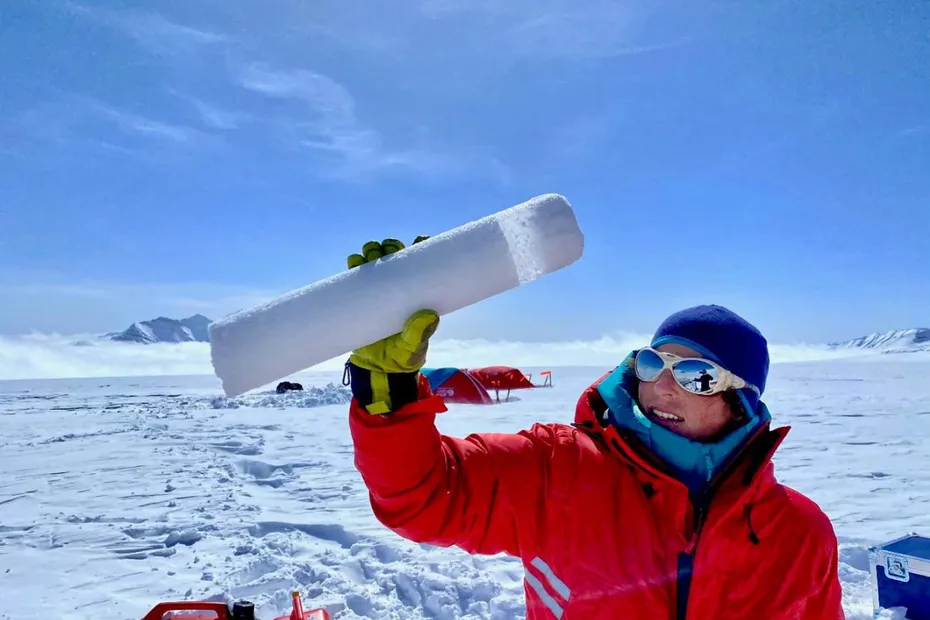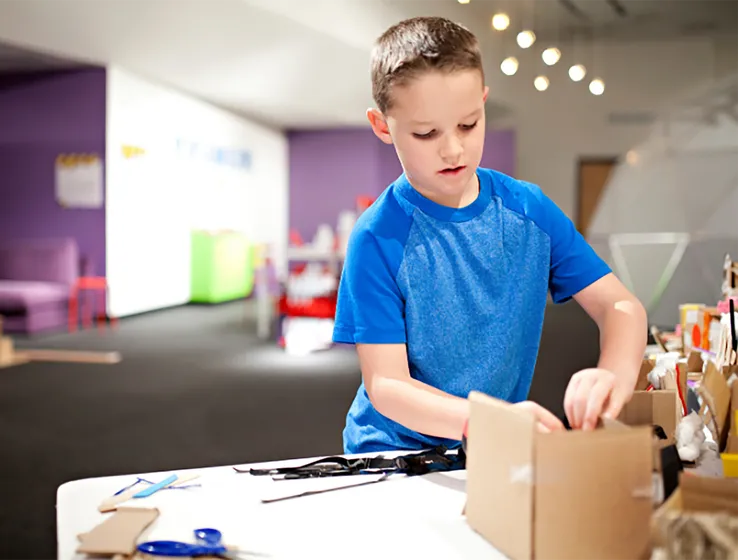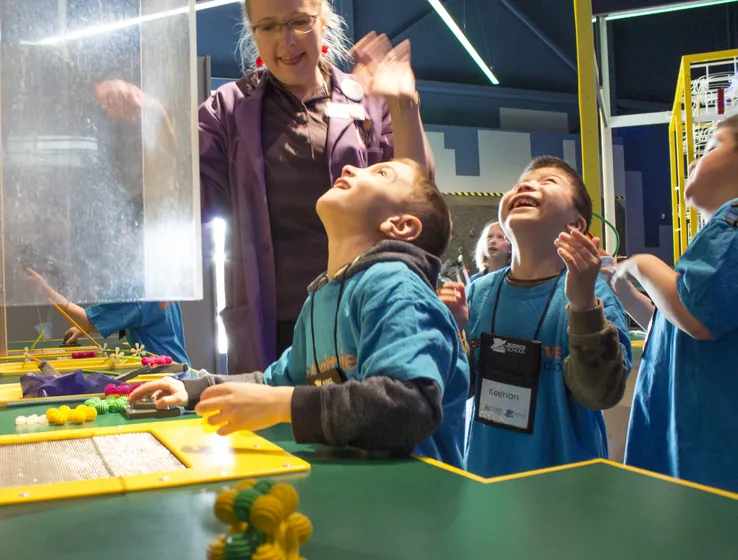The Science of Dyeing
Posted:
Did you know that crushed insects can make up to 40 colours of dye?
Cochineal insects (Dactylopius coccus) live on the prickly pear cactus in Central and South America and Mexico. The females produce carminic acid and can be used to produce dyes for food, textiles and makeup. The carminic acid is pH sensitive and changes colour with the addition of an acid or base. At pH values below 4.5, it appears pale orange; at pH 7–7.7 light red and red, and at pH above 12, its color is magenta-red (Dapson, 2005, 2007 in Müller-Maatsch & Gras, 2016)
References:
J. Müller-Maatsch, C. Gras (2016) Handbook on Natural Pigments in Food and Beverages [Web article] retrieved Aug 23, 2019 from https://www.sciencedirect.com/topics/agricultural-and-biological-sciences/carminic-acid
The MAIWA Guide to Natural Dyes: What they are and How to Use them (n.d.) [Web article] retrieved Aug 23, 2019 from http://www.box19.ca/maiwa/pdf/Guide_To_Natural_Dyes.pdf
Resource: Cochineal Dying (2015, Jul 30) [Web article] retrieved Aug 23, 2019 from https://www.mexicolore.co.uk/maya/teachers/cochineal-dyeing-resource
Image: Cochineal insects taken from: Public Domain, https://commons.wikimedia.org/w/index.php?curid=72164
Related Articles


Food Chain Reactions
How Climate Change is Impacting Canada's Lakes


It Is Ice to See You
How Seasonal Connections Are Affected by Climate Change


Getting to the Core of Climate Change
A Look at How Refrigerants Are Affecting Our Environment through Ice Cores
Related Articles


Food Chain Reactions
How Climate Change is Impacting Canada's Lakes


It Is Ice to See You
How Seasonal Connections Are Affected by Climate Change


Getting to the Core of Climate Change
A Look at How Refrigerants Are Affecting Our Environment through Ice Cores



